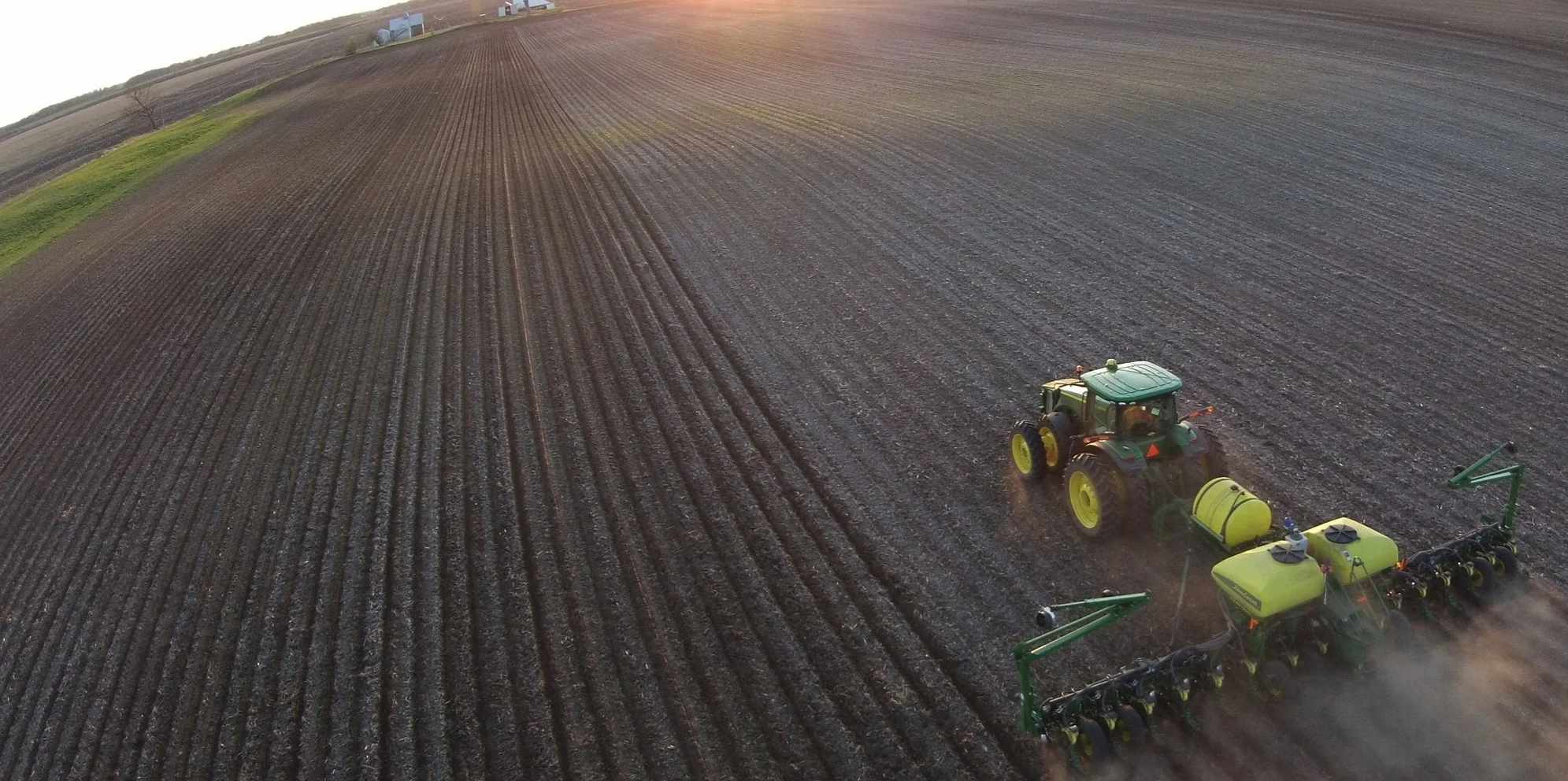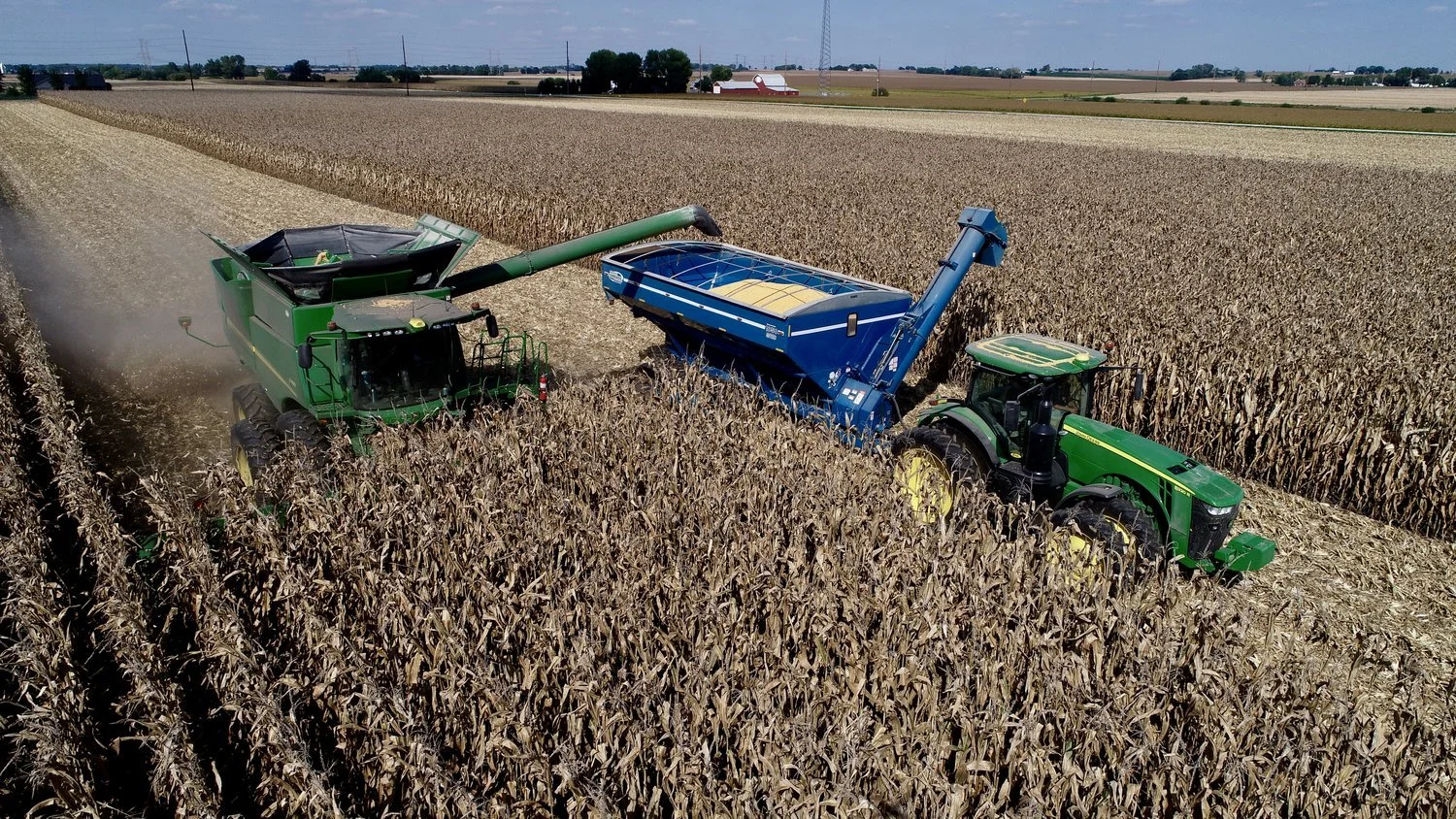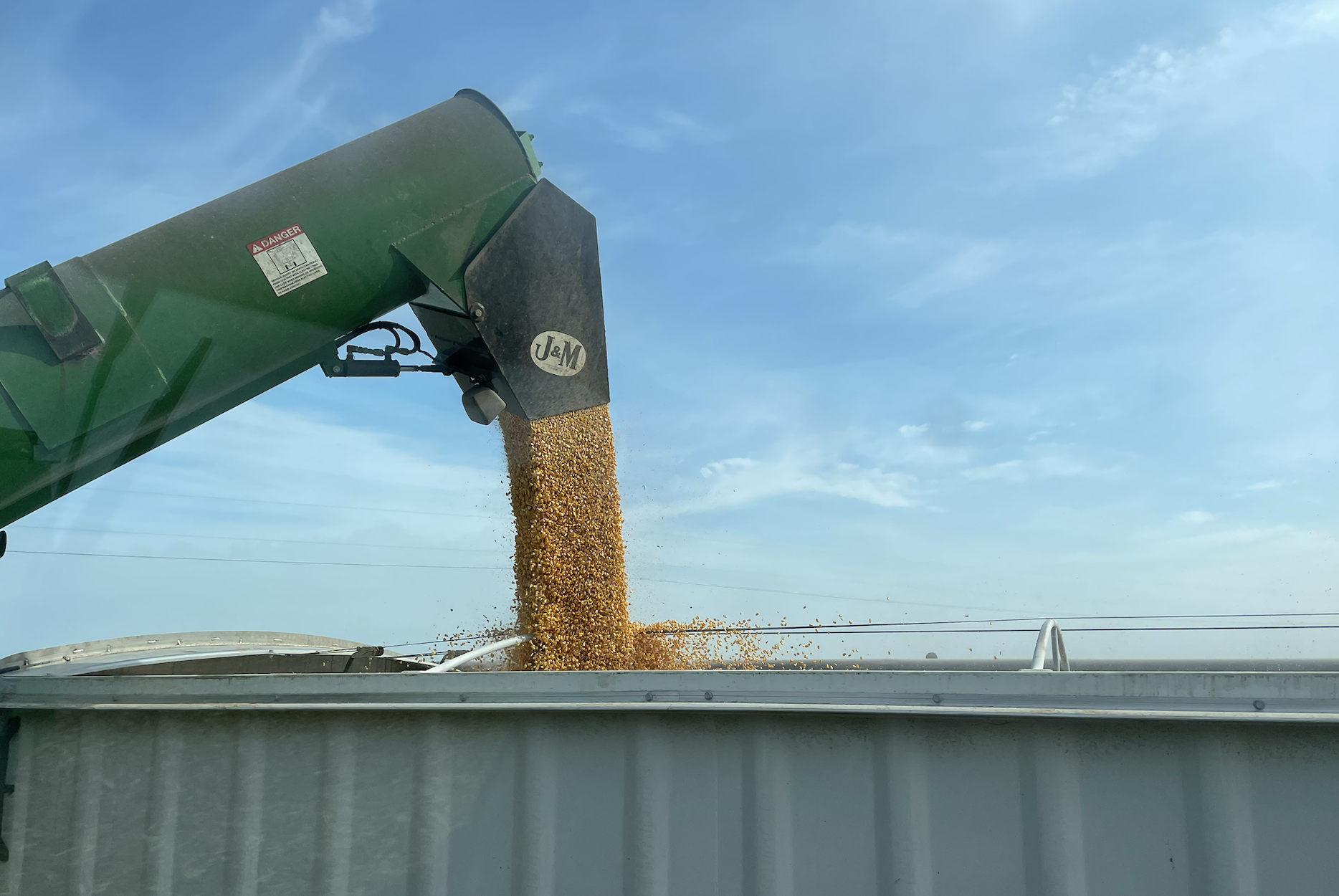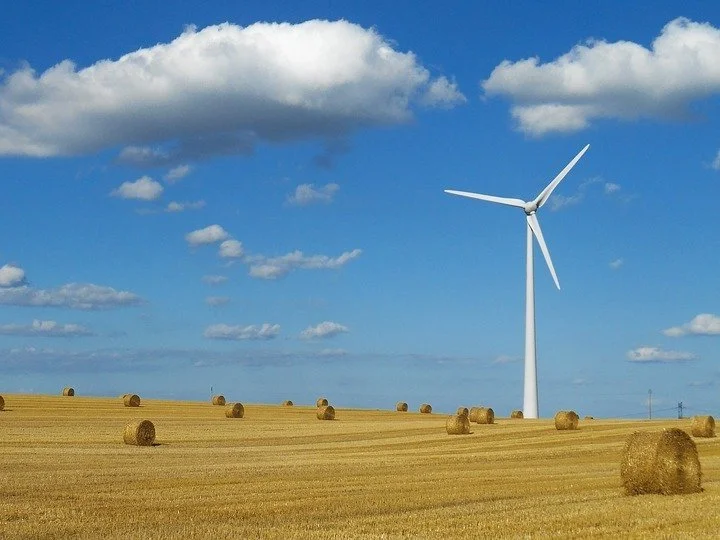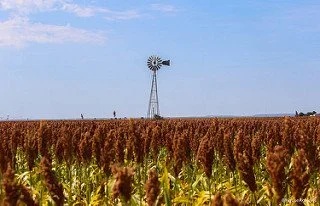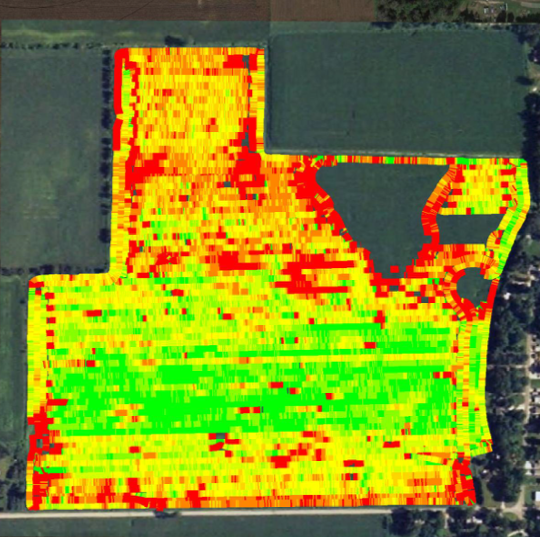Harnessing the Wind: 3 Legal Considerations When Signing a Wind Lease
/Wind power in my part of the world has become a very popular “clean” energy source for power companies. Wind power has also become very controversial, leading to highly contentious zoning fights at the county level. This article discusses three legal items for landowners to consider before signing an agreement to allow construction of wind turbines on their fields by a developer.
Zoning. Large-scale wind turbine projects often become extremely contentious at the county level. The local disagreements boil to the surface when the project turns on obtaining a re-zone, variance, or some other form of approval from local officials. Landowners will likely not be asked to front the costs to obtain zoning approval, but that does not mean there is no personal “cost” to landowners. Landowners should ask what is required to obtain approval in their county and how difficult will obtaining approval be? Is the developer willing to pay the landowner while this fight plays itself out in the county? How long does the developer have to get the project underway?
Nuisance. Imagine the windmills are constructed on your property and begin generating electricity creating a solid, long-term revenue stream for your farm. But neighbors, who do not share in the revenue stream, are angry about the sight and sounds generated by your windmills. If those neighbors are angry enough to sue, they will use a cause of action called “nuisance”—the loss of enjoyment of property due to the actions of others. This suit will be filed against the power company and the landowner, meaning you will have to defend your farm in court. Make sure any wind lease contains a strong indemnity provision that will protect you if you are sued due to the windmills’ operation.
Removal. If the windmill operating company goes out of business, who pays to remove the windmill and return the land to farmable condition? You do not want this burden. The way to avoid this problem is through a removal bond or other form of security that pays for removal if the operating company cannot.
There are also many practical considerations, of course, like the impact on farming activities in surrounding areas. Still, like solar farms and digesters, wind energy presents an enormous new revenue stream to farmers while allowing some farming activities to continue in nearby fields. Make sure to consider these issues and others because windmills are long-term, significant change to the landscape that will convey benefits—and to some, harm—for years to come.
Additional resources:
Purdue University: Landowner’s Guide to Commercial Wind Energy Contracts
Iowa State University: Evaluating a Wind Energy Agreement

